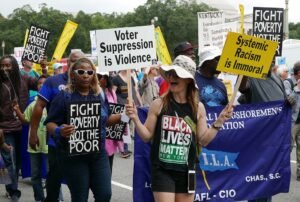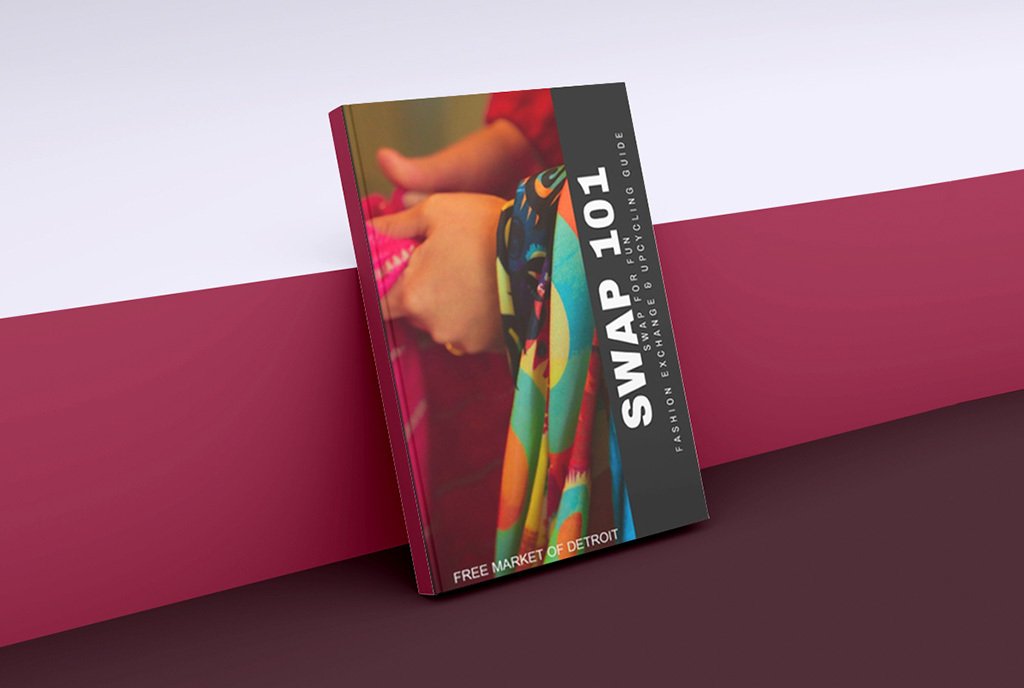
September 25, 2012; Source: Fast Company
This article by Oscar Abello in Fast Company explores the identity problem that can emerge when local nonprofits are dependent on sizeable international organizations for funding. Essentially, their work may be appropriated by the larger group in its fundraising and brand development but when and if the larger group decides to cease its funding, the smaller group may be left with no base of revenue or public recognition.
BrandOutLoud, a Netherlands-based branding firm, reports that this problem is far from uncommon:
“Large international organizations have stories about project X with a local partner that does this in country Y, implying that these are their children and their project but it’s really not. It is really the local partner’s story, and that story needs to be told, or otherwise the local project will always be dependent on the large international organization not just for money but for marketing and to get the story out there.”
Nhip Thy, the executive director at the Cambodian Development Mission for Disability (CDMD), says, “A local nonprofit group should be prepared to take over in that situation,” and branding must be a part of that but adds that, “many international donors don’t fund for organization development such as branding or communication.”
Websites that allow grassroots organizations to tell their stories directly have become a part of this transition to greater independence of identity. Alison Carlman, “unmarketing manager” at Global Giving, speaks on the origin of branding and the course branding needs to take within nonprofits:
Sign up for our free newsletters
Subscribe to NPQ's newsletters to have our top stories delivered directly to your inbox.
By signing up, you agree to our privacy policy and terms of use, and to receive messages from NPQ and our partners.
“Companies had to create these fictional stories and characters so that consumers would relate to their products. The thing about grassroots organizations is, they already have authentic relationships, stories, and characters in the form of the people they’ve worked with over the years.”
But beyond these international audiences, Abello suggests that the most important partnership a grassroots organization can strengthen with branding is with its own community.
NPQ has stressed the need for organizations to communicate with staff, board and community partners in establishing a nonprofit brand that will motivate the organization as a whole (read “Your Promise is Your Brand: How to Work It”).
For smaller grassroots organizations, connecting with local constituents will align with the organization’s mission and could translate into donations within the community. NPQ covered a related story yesterday regarding how local affiliates are affected when a large brand takes a bad PR hit.
This is a complicated question. The local chapters of branded networks and federated groups gain from a powerful national brand and from the funding, information and other resources that flow through the larger infrastructure, but there are often risks and losses as well. We’d love to hear from readers about their experiences with this conundrum. –Ruth McCambridge and Aine Creedon













